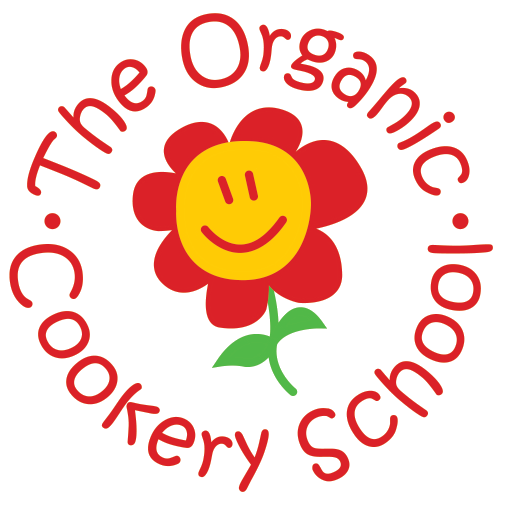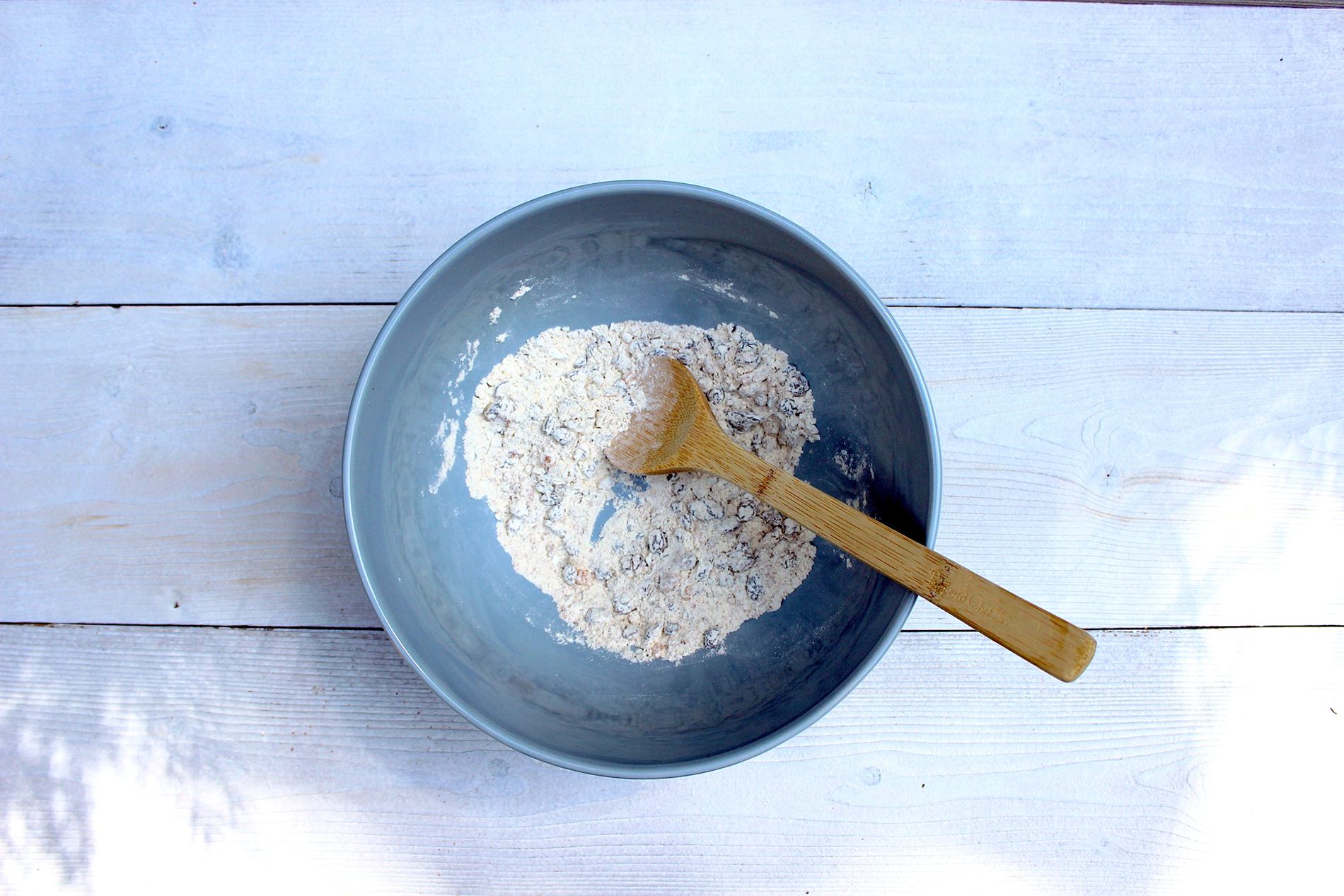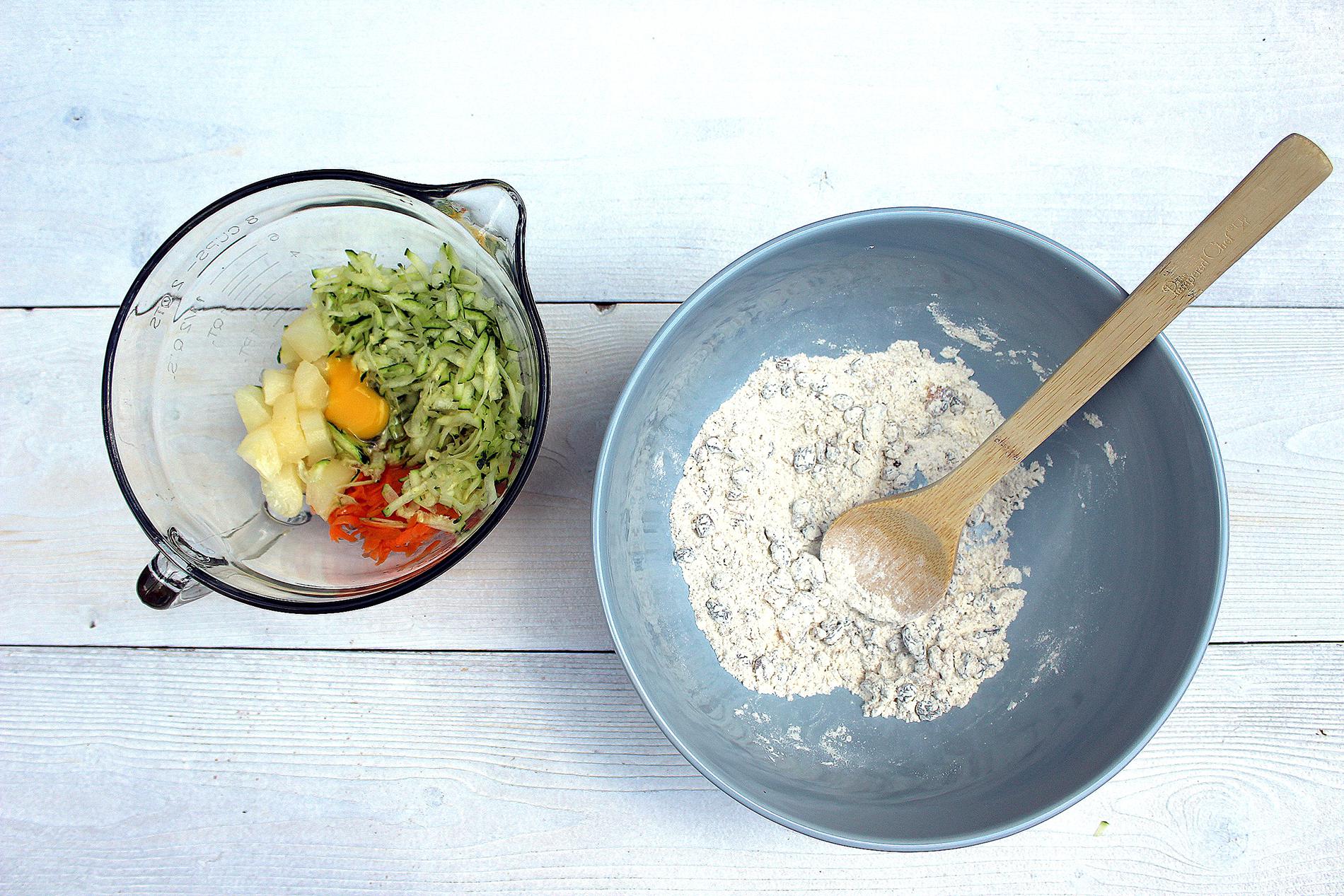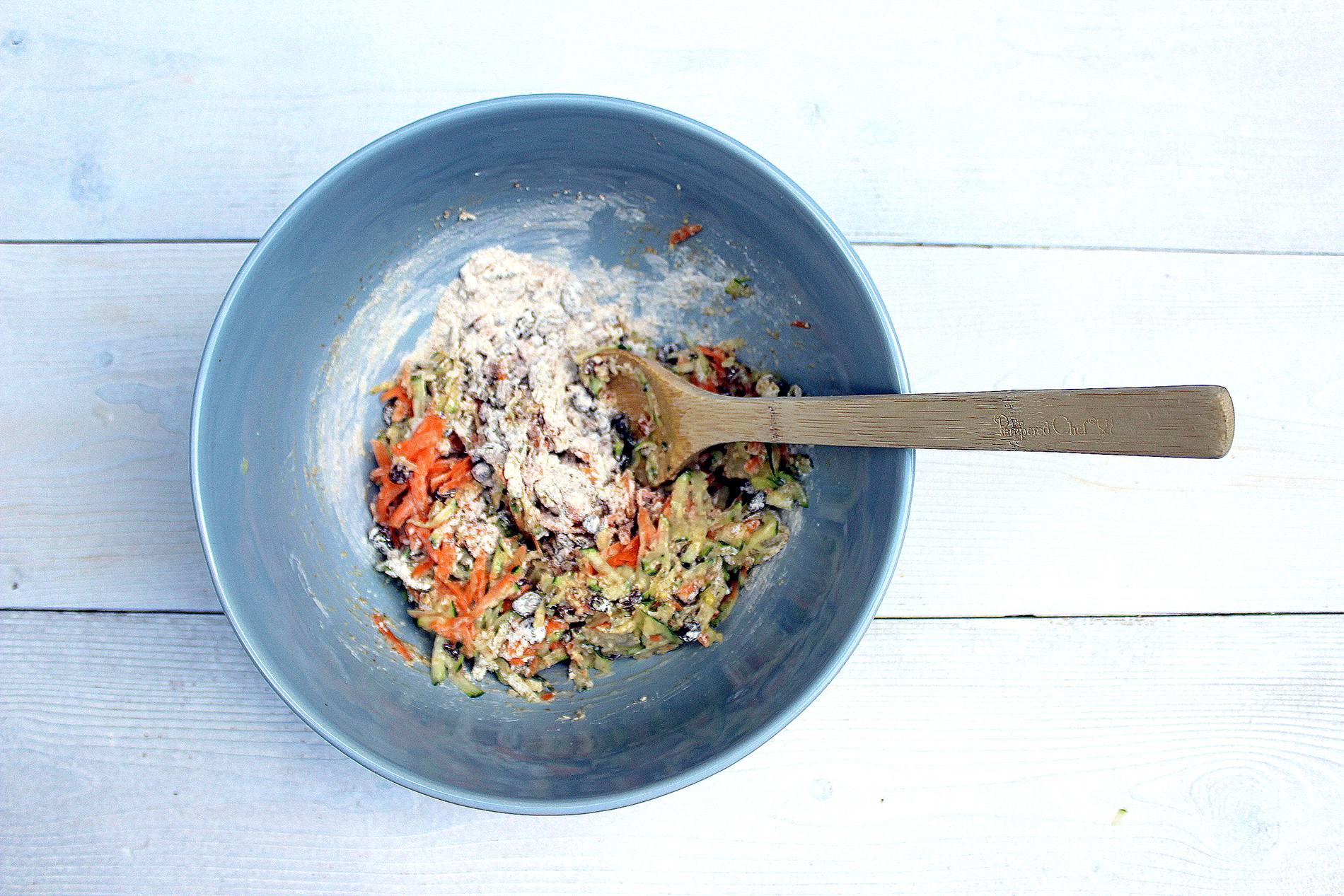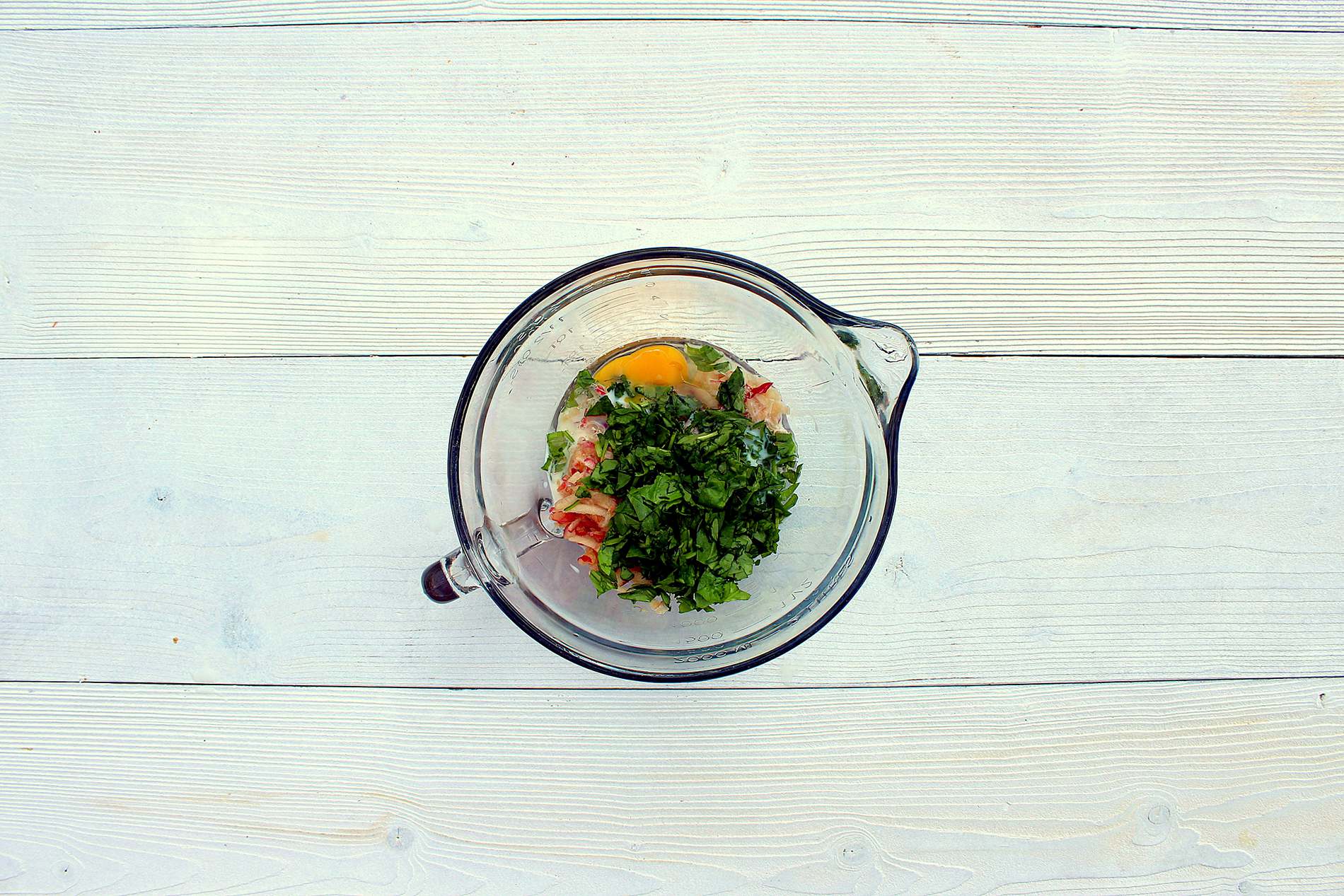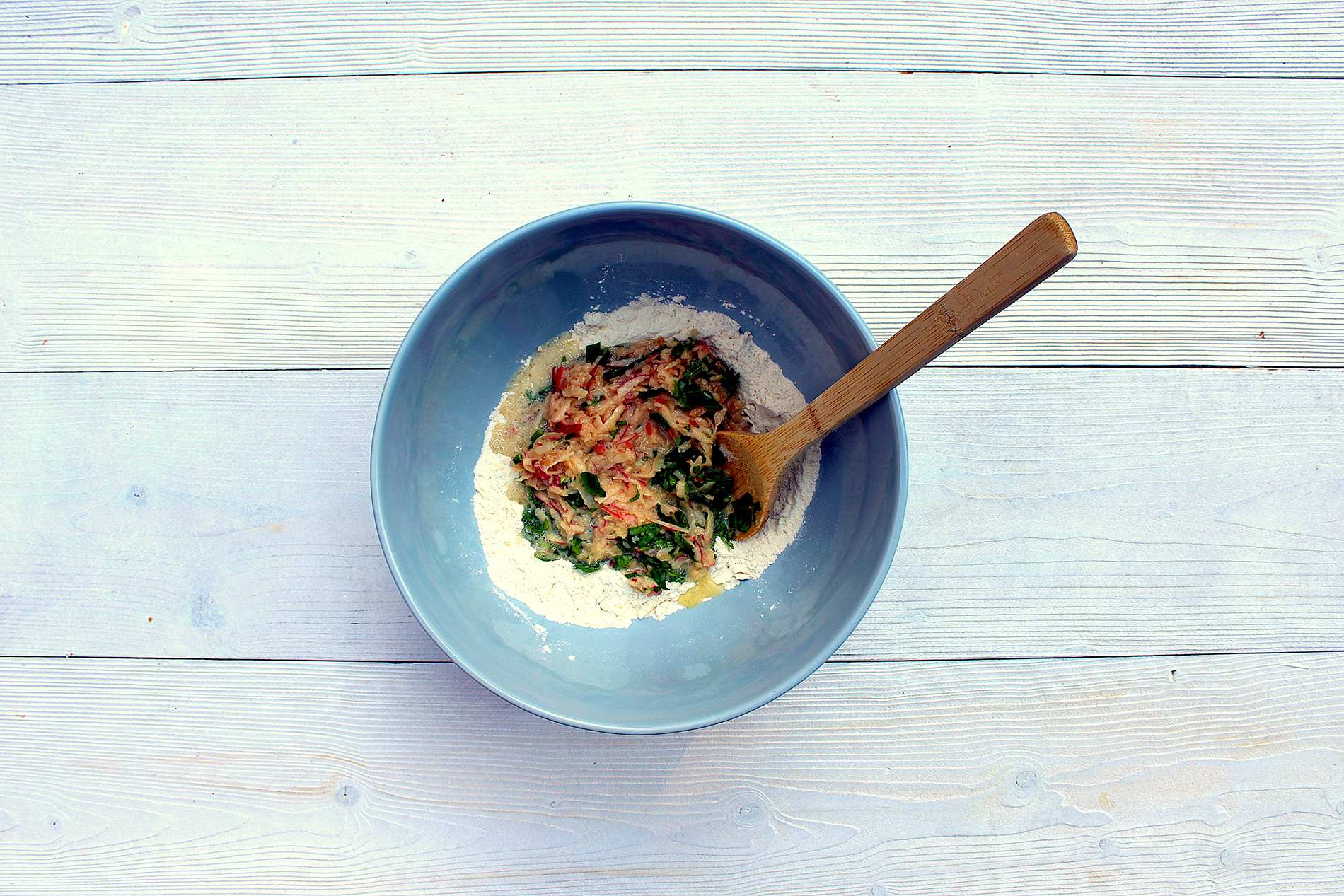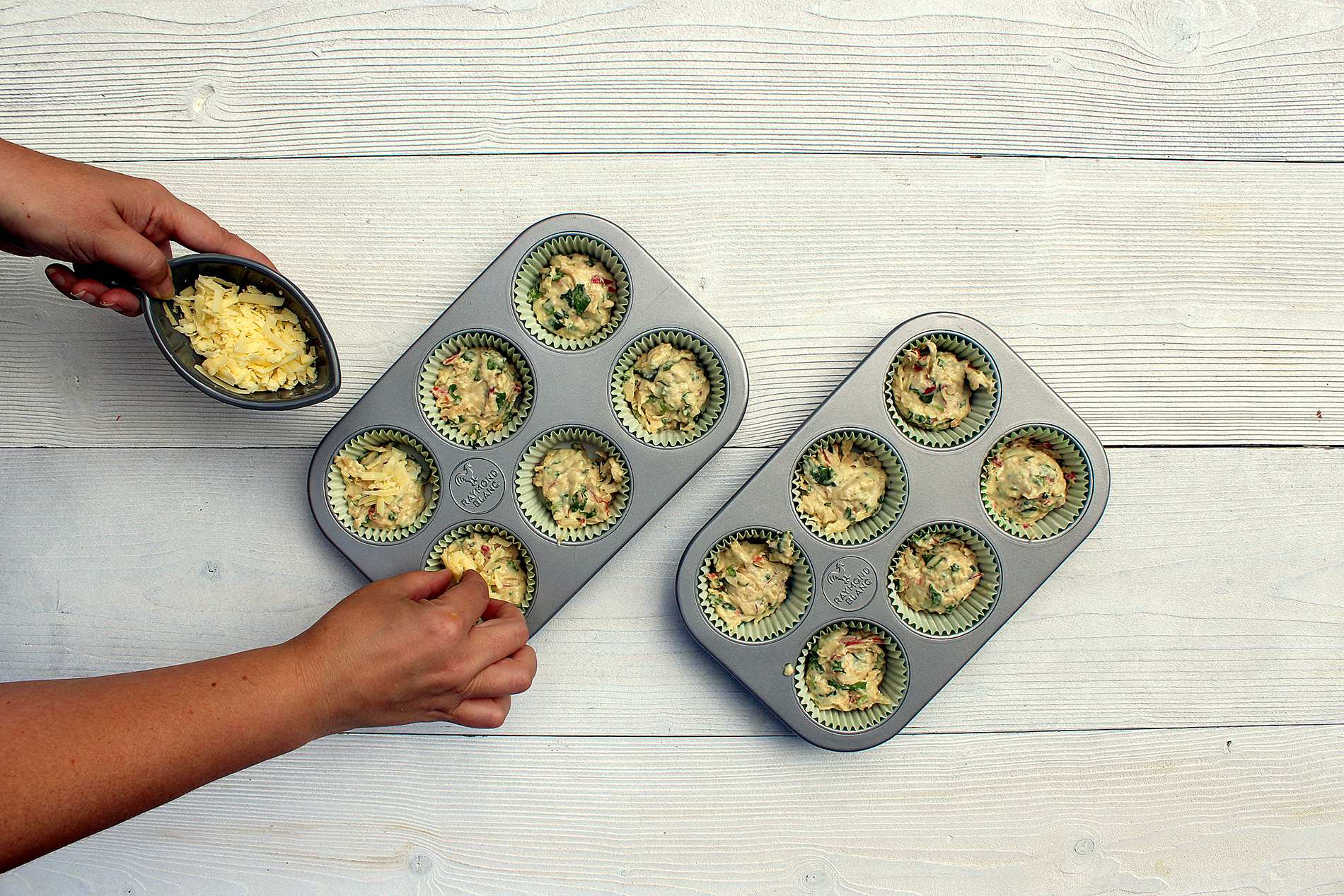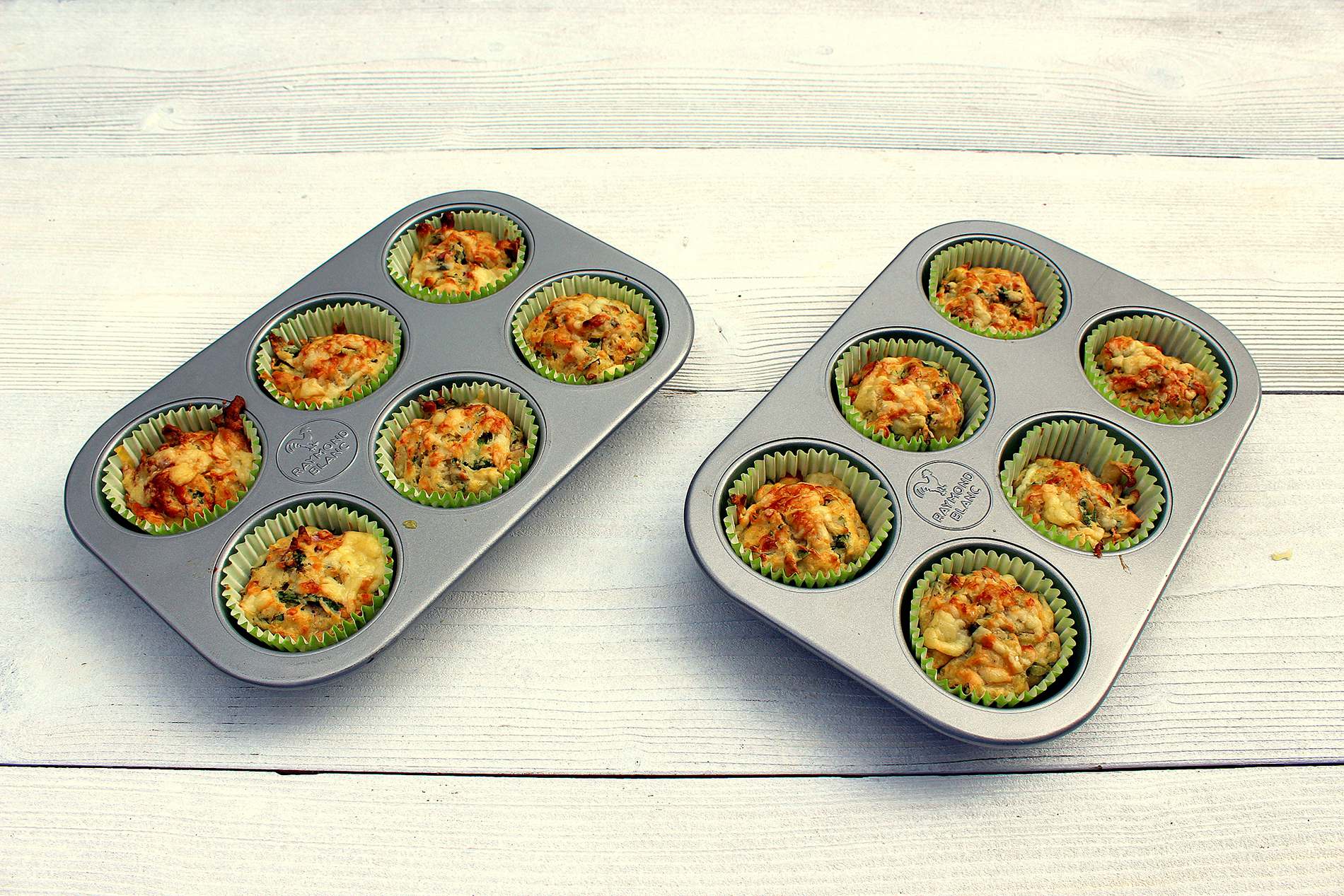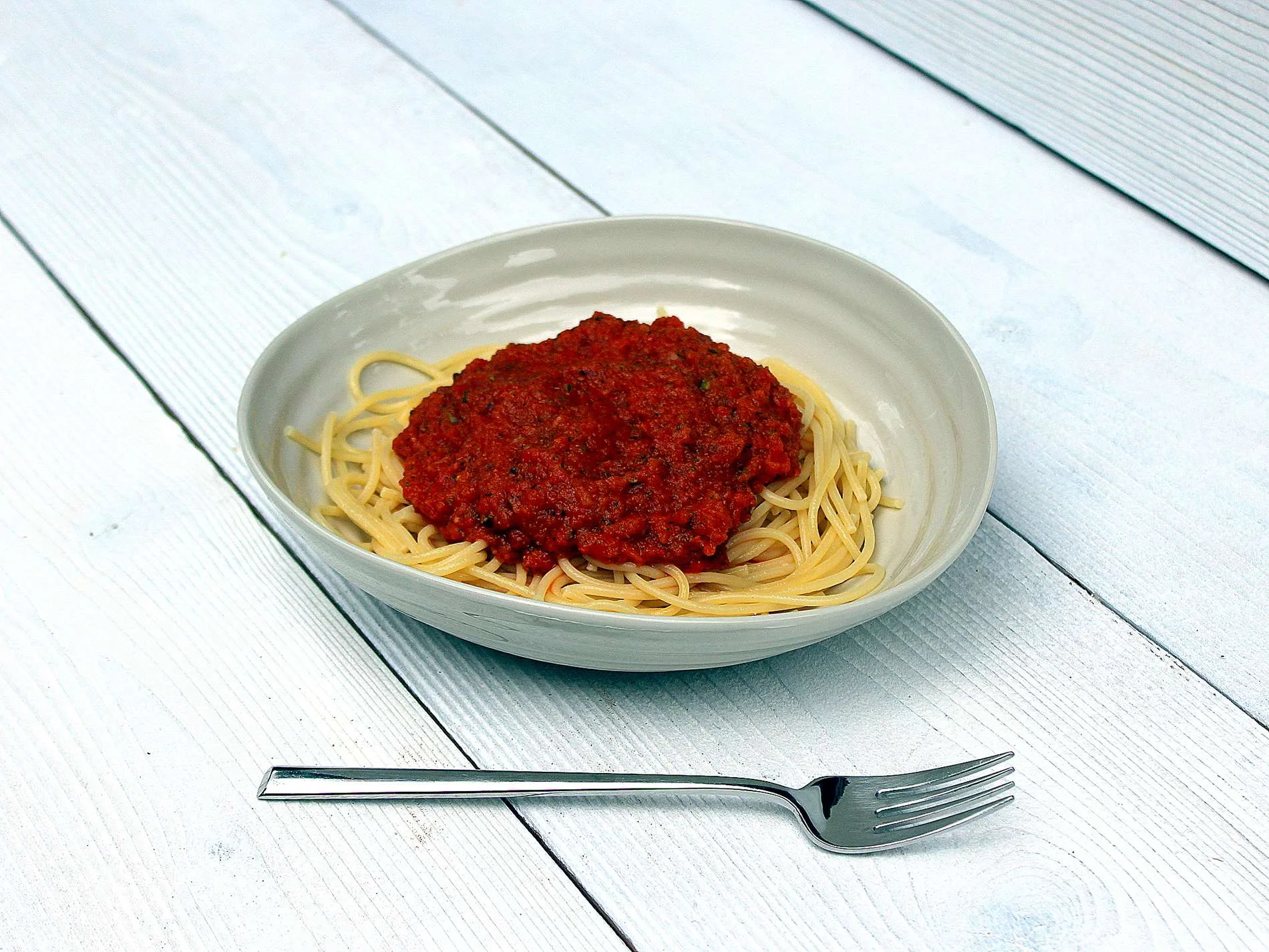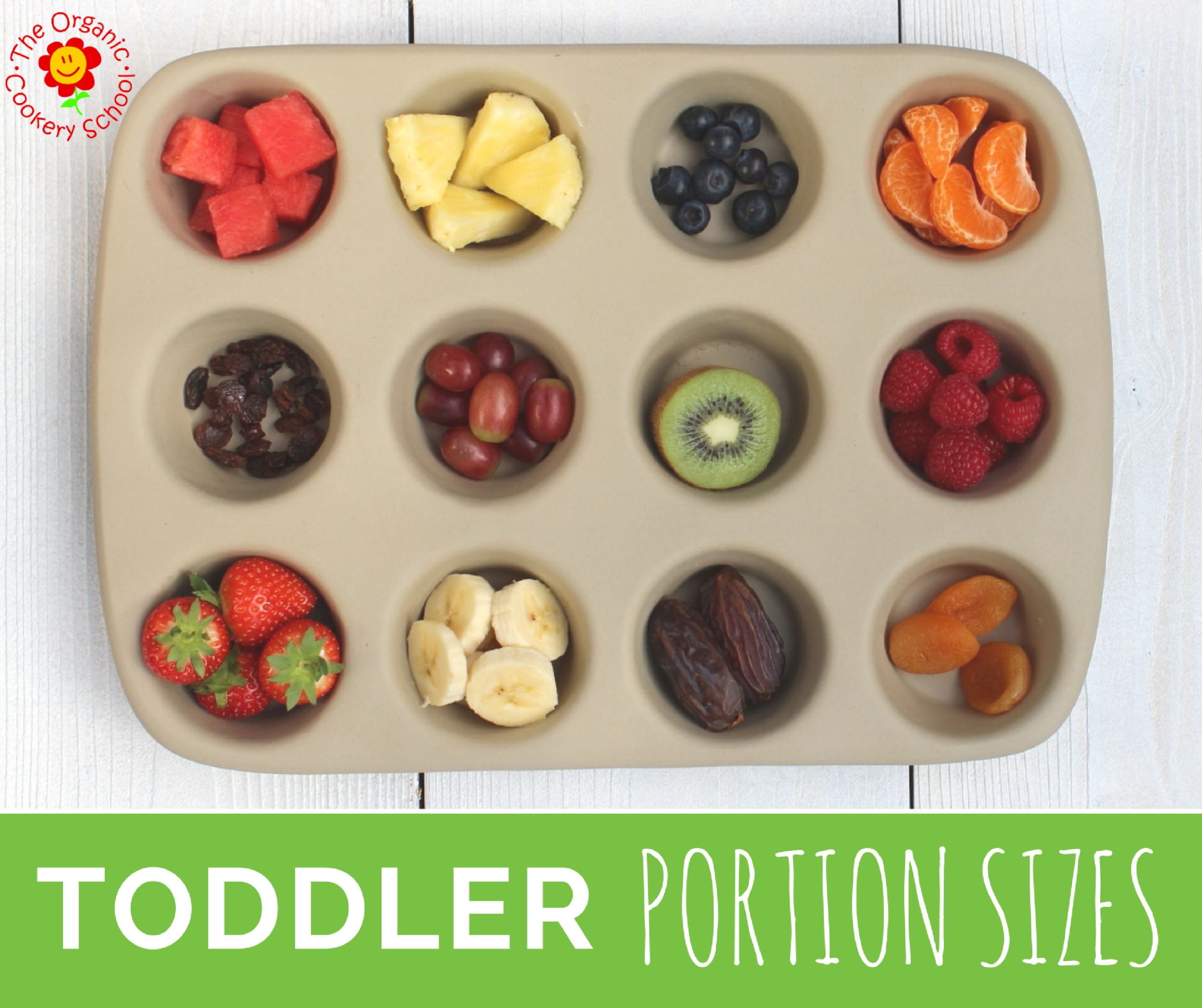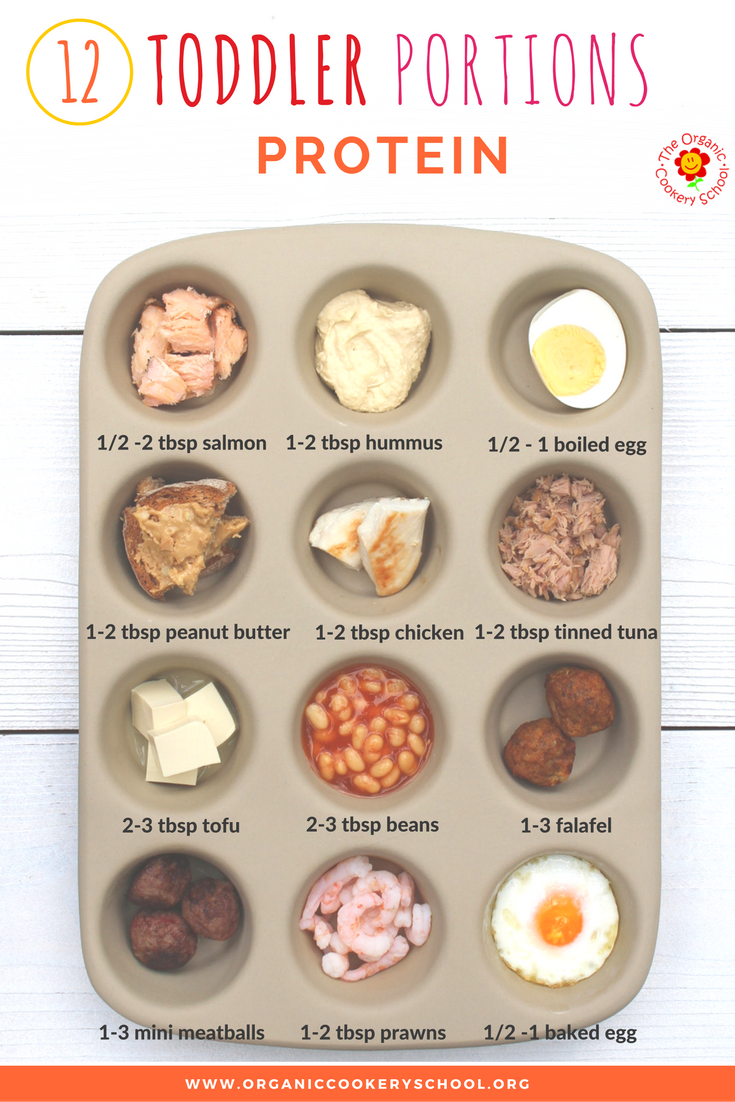makes two small loaves or 8 - 10 muffins
Here’s another low sugar lunchbox treat, which the kids will love making. Dead simple, packed with veggies and naturally sweet with very little added sugar. We regularly make these in our Little Foodies toddler cookery classes, and everyone loves them.
Need any further excuse to try them?
Carrots are rich in beta carotene which is converted in the body to vitamin A. This nutrient is used to strengthen the immune system and to ensure good eye health. Courgettes are also a good source of vitamins A and C, as well as folate and potassium and fibre, which help to ensure a healthy bowel and prevent constipation in little ones.
*N.B. Children should always be supervised when cooking, and an adult should oversee the use of heat as well as all preparation involving sharp utensils.
Try something different
- Try changing the pear for another fruit or your choice. Apples, plums and peach would work well.
Did you know?
- Courgette (also known as Zucchini) contains more potassium than bananas and are a rich source of vitamin C and manganese.
- Carrots although usually orange in colour can also come in purple, red, white, and yellow varieties.
- The human body turns beta-carotene from carrots into vitamin A. Vitamin A is important for the health of our vision (including our night vision) as well as our bones, teeth and skin.
*Percent Daily Values are based on a 2,000 calorie diet for an adult. Your daily values may be higher or lower depending on your calorie needs. Infants and Toddlers will need less calories according to their age.
Click here for advice on how many calories your child needs.
